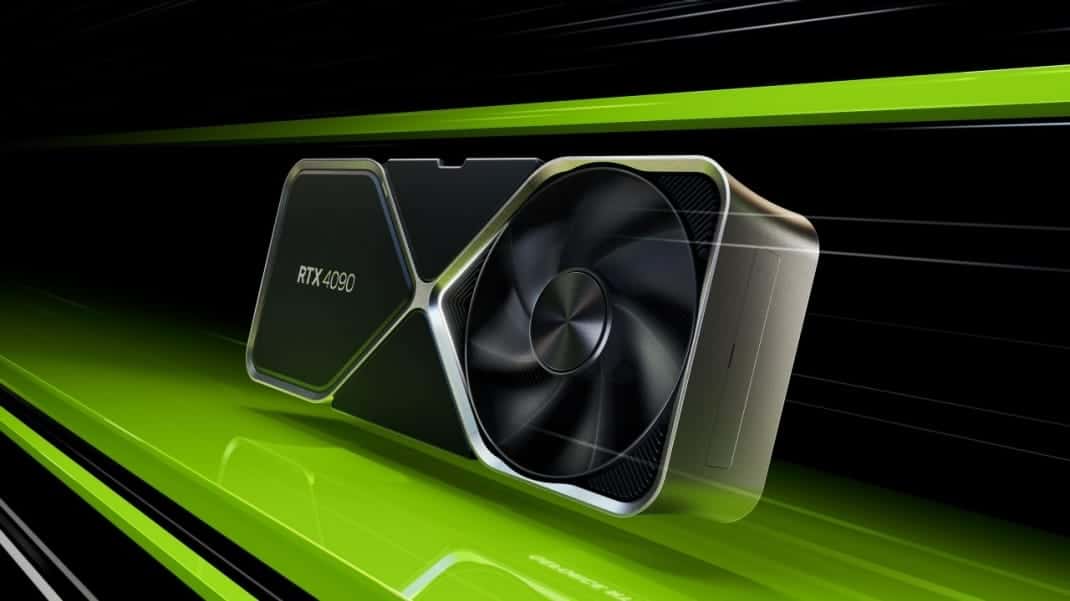Since the launch of the RTX 20 series in 2018, NVIDIA has revolutionized the graphics card market with technologies like Ray Tracing and its proprietary upscaling system, Deep Learning Super Sampling (DLSS). Although the first version didn’t make a big impact, DLSS 2 marked a turning point, and subsequent updates have solidified this technology as a standard in the GPU market. Now, with the arrival of the RTX 50 series, NVIDIA introduces DLSS 4, an evolution that promises even further improvements thanks to the ongoing work of a supercomputer dedicated exclusively to training this technology for the past six years.
DLSS: Better Quality with Fewer Resources
DLSS uses artificial intelligence to upscale lower resolution images to a target resolution, maintaining impressive visual quality and, in many cases, enhancing the experience compared to native resolution. This method surpasses more traditional techniques like checkerboard rendering, providing greater sharpness and performance in games.
With each generation, DLSS has improved in quality and acceptance, pushing competitors like AMD to develop alternatives such as FSR. However, NVIDIA continues to lead thanks to its use of specialized Tensor cores and its focus on artificial intelligence, key elements that differentiate its technology.
The Role of NVIDIA’s Supercomputer
NVIDIA’s Vice President of Applied Deep Learning Research, Bryan Catanzaro, explained that the development of DLSS has been made possible by a supercomputer that has been running continuously for six years. This system, equipped with thousands of advanced GPUs, constantly analyzes the results of the AI model, looking for issues like ghosting, smearing, or blur in games. When problems are detected, NVIDIA engineers adjust the training data and retrain the model, testing it across hundreds of titles to ensure improvements in quality and performance.
DLSS 4: A Generational Leap
DLSS 4, debuting alongside the RTX 50 GPUs on January 30, 2025, introduces several notable features. Among them is the “Transformer” mode, which promises better upscaling even on older GPUs, albeit with a slight performance loss (-5% FPS). Additionally, the new “Multi Frame Generation” function exclusive to the RTX 50 allows for generating more frames via AI, providing an even smoother gaming experience.
According to NVIDIA, DLSS 4 is capable of “predicting the future,” adding more frames per second without significantly increasing latency, a claim that raises high expectations among users and experts alike.
Market Impact and the Future of DLSS
NVIDIA’s ongoing work on DLSS demonstrates its commitment to technological innovation. The combination of advanced hardware, such as Tensor cores, and intensive use of artificial intelligence has allowed it to remain a leader in the graphics card market. While AMD works on its AI-based FSR 4, NVIDIA continues to widen the gap with exclusive technologies and a focus on constant development.
DLSS 4 not only promises to improve visual quality in games but also to optimize performance, a combination that strengthens NVIDIA’s position in the competitive GPU market. With the support of its dedicated supercomputer and its focus on deep learning, NVIDIA continues to pave the way for the future of computer graphics.
Source: Techspot

